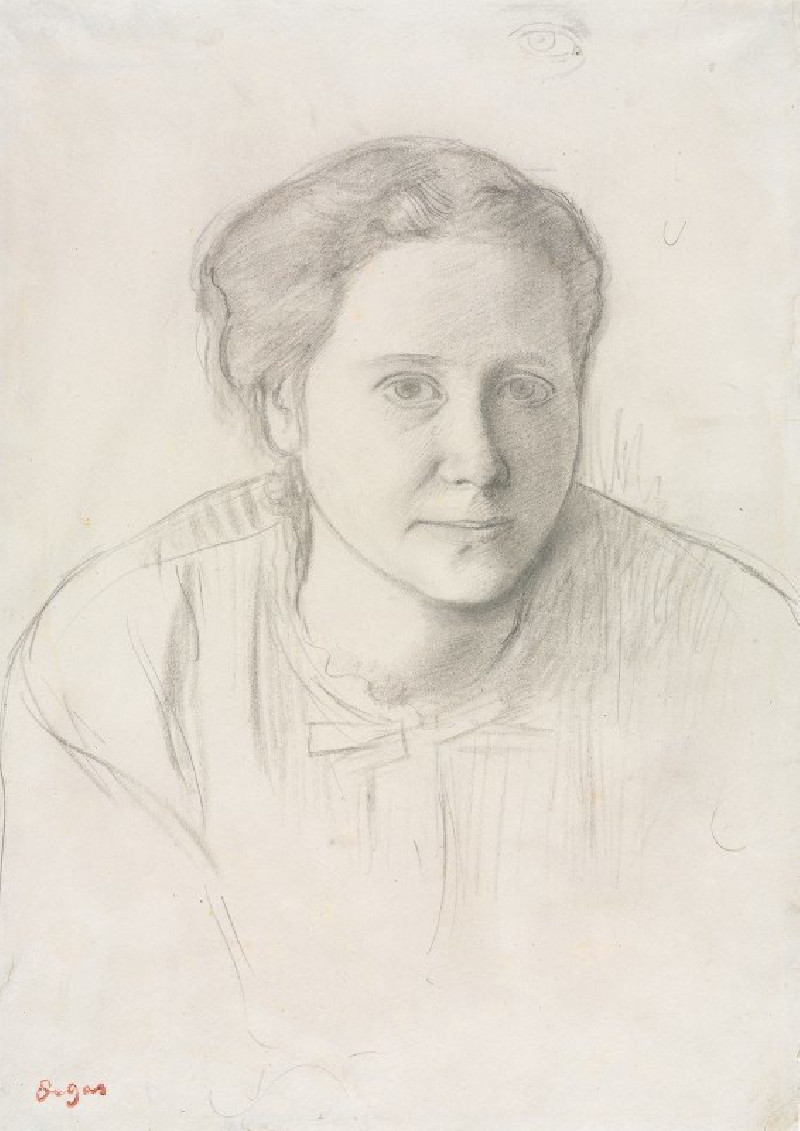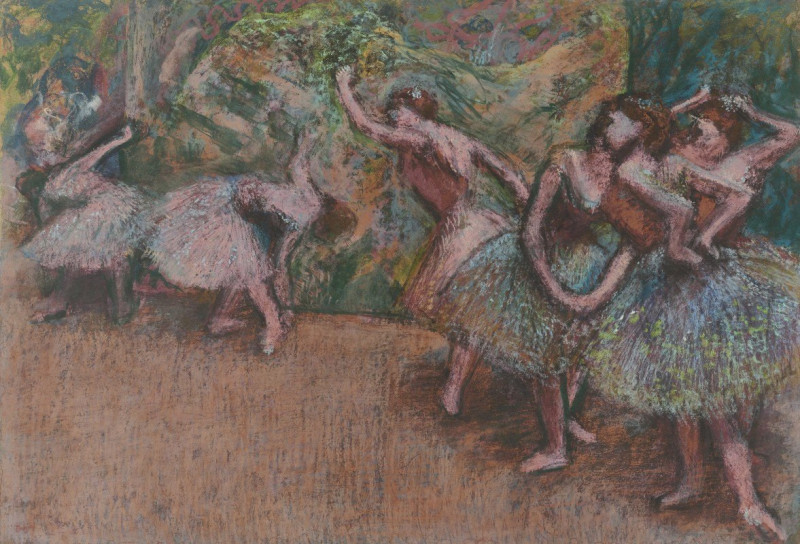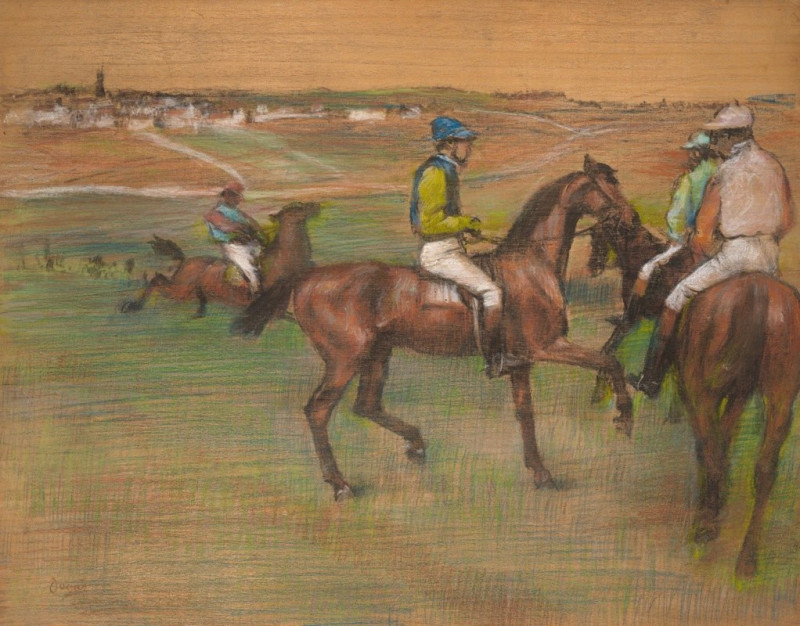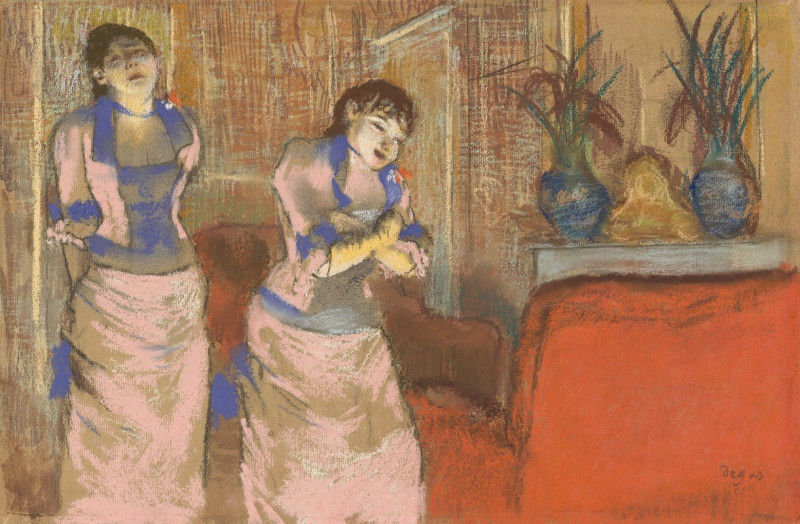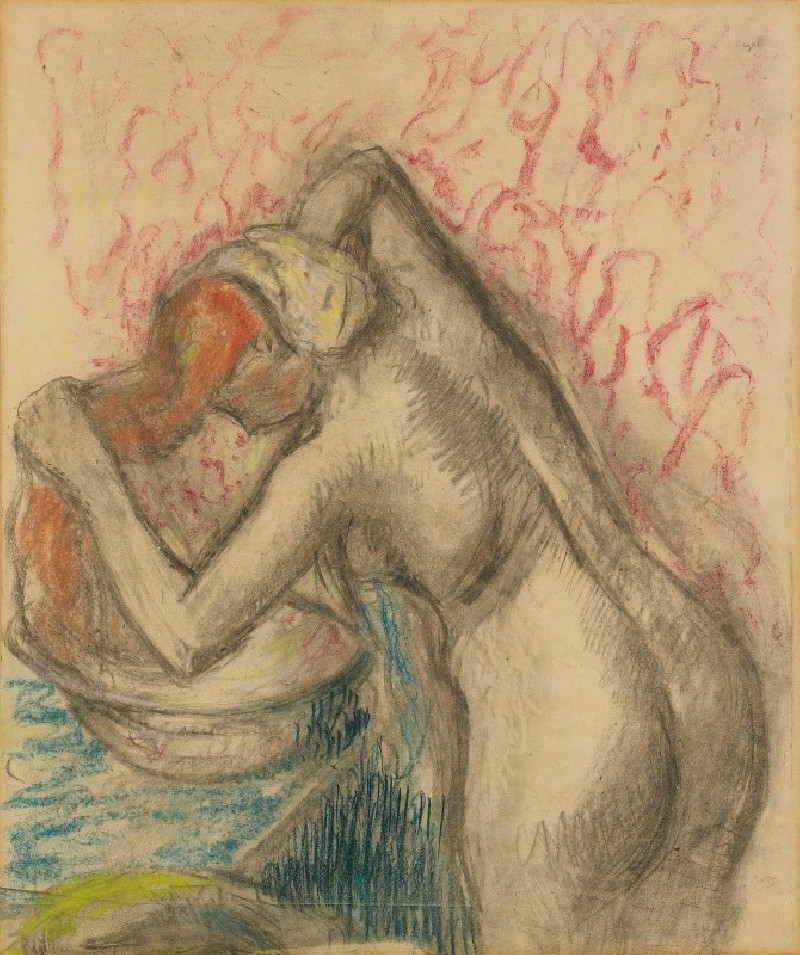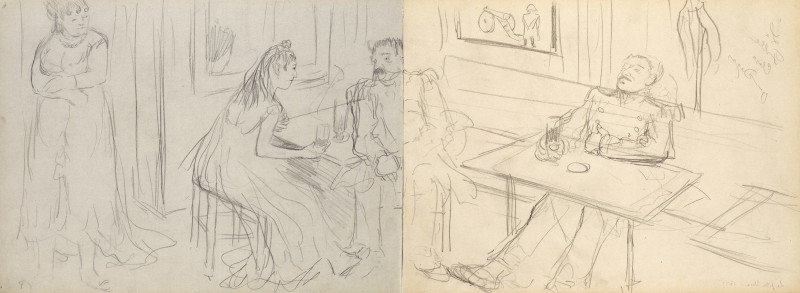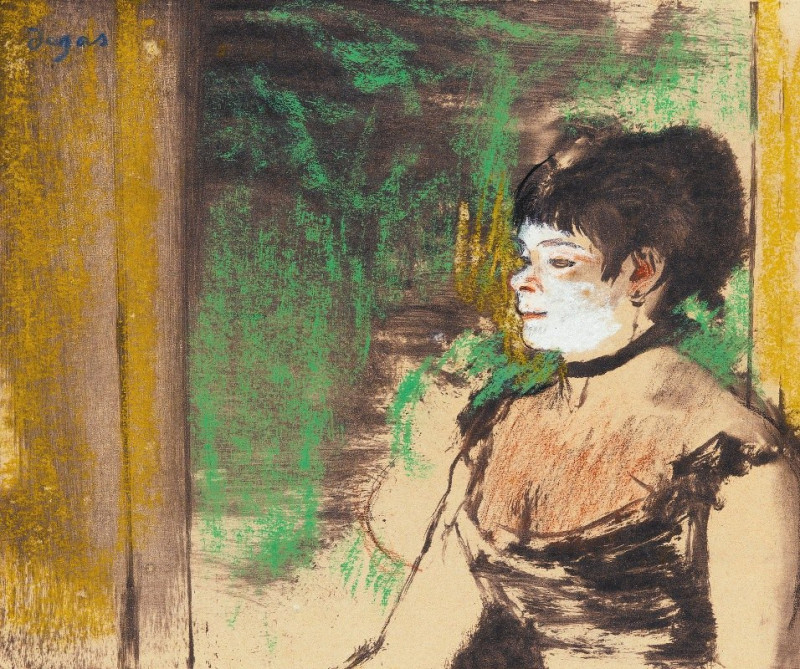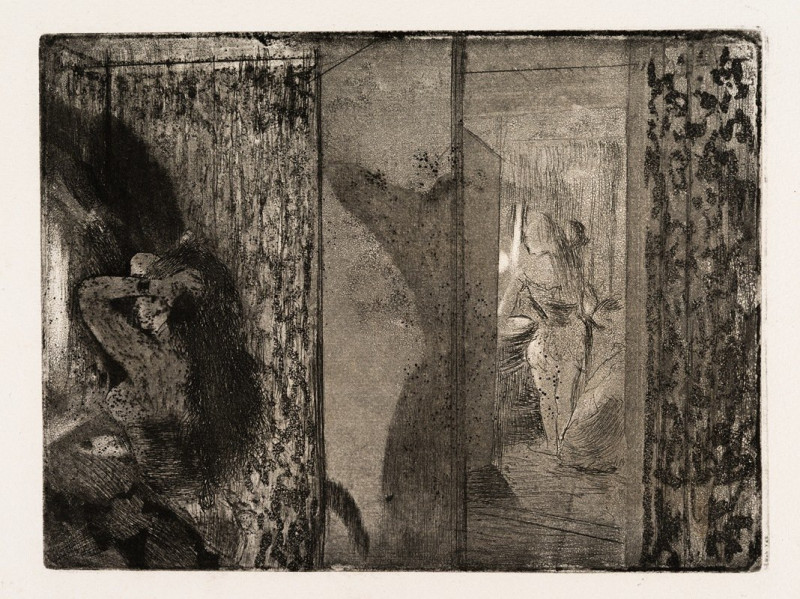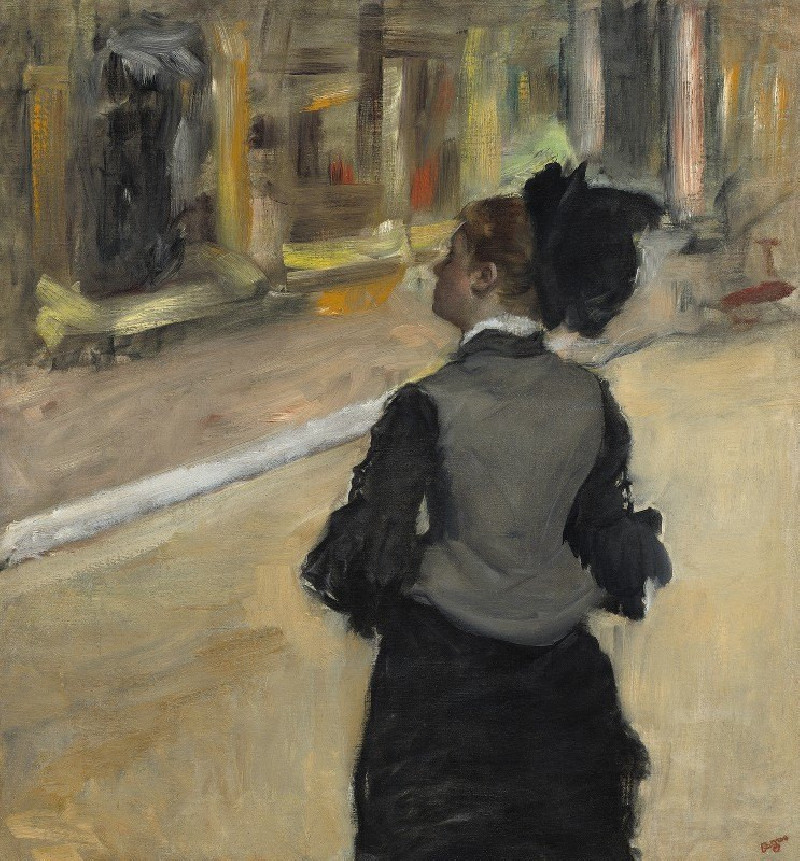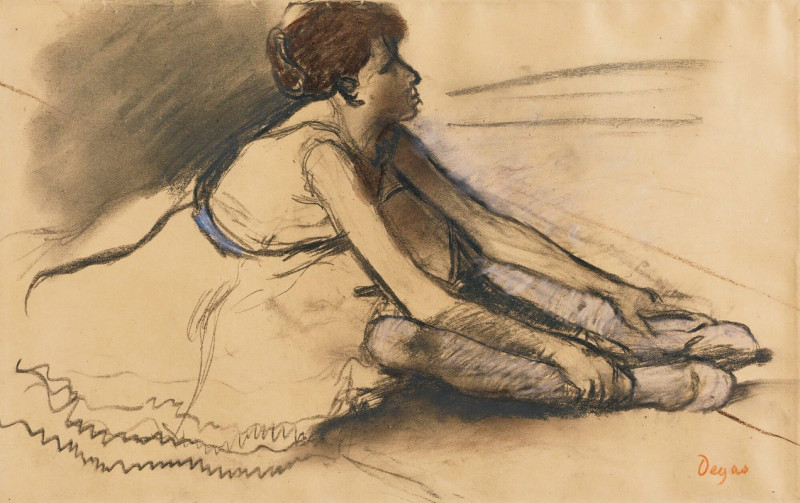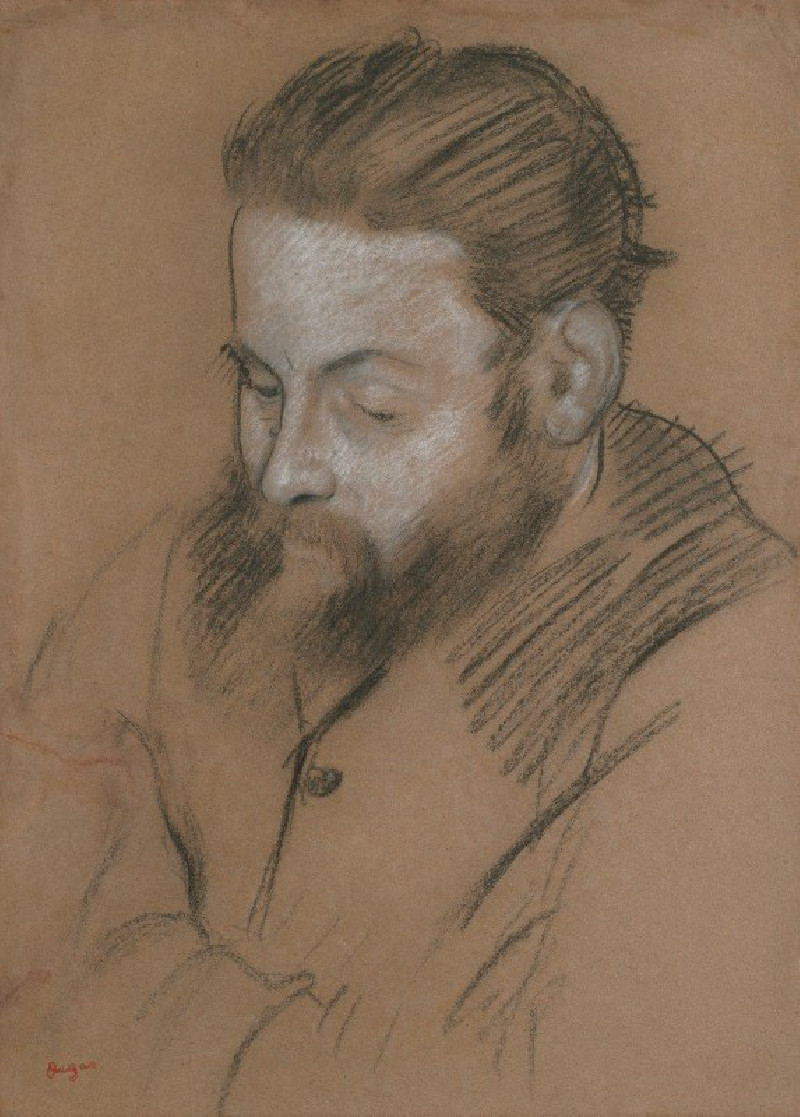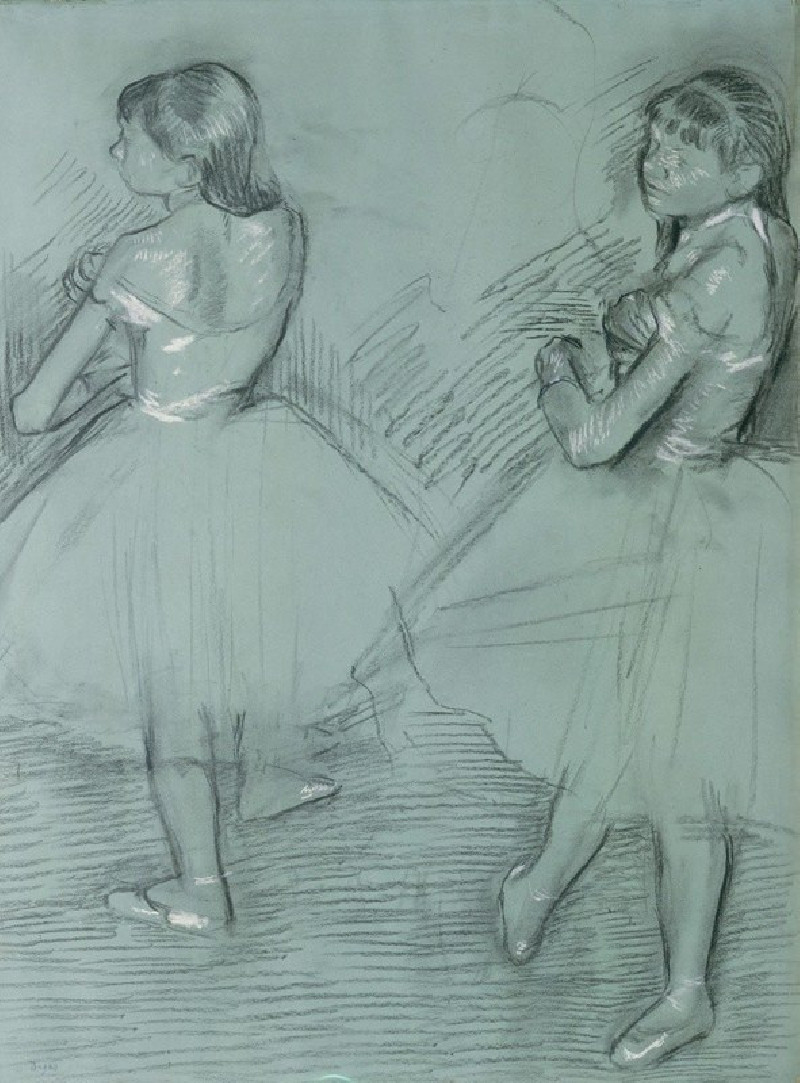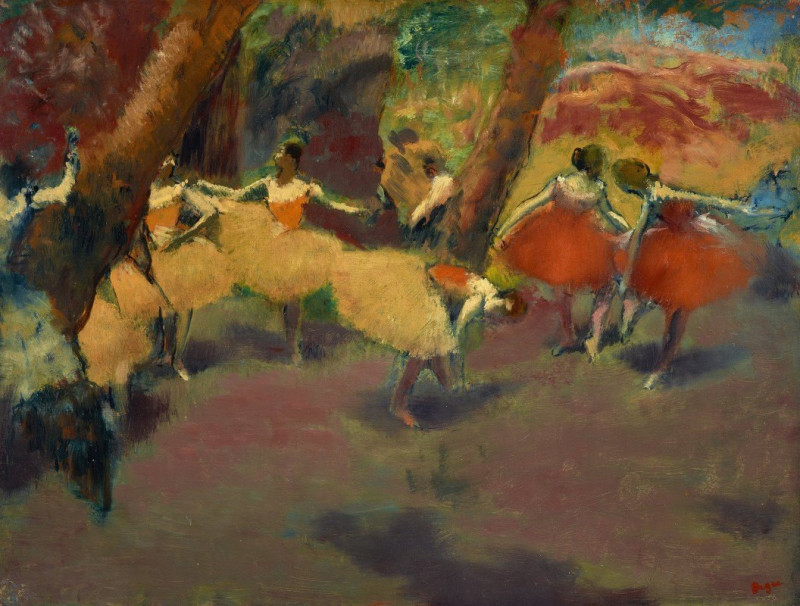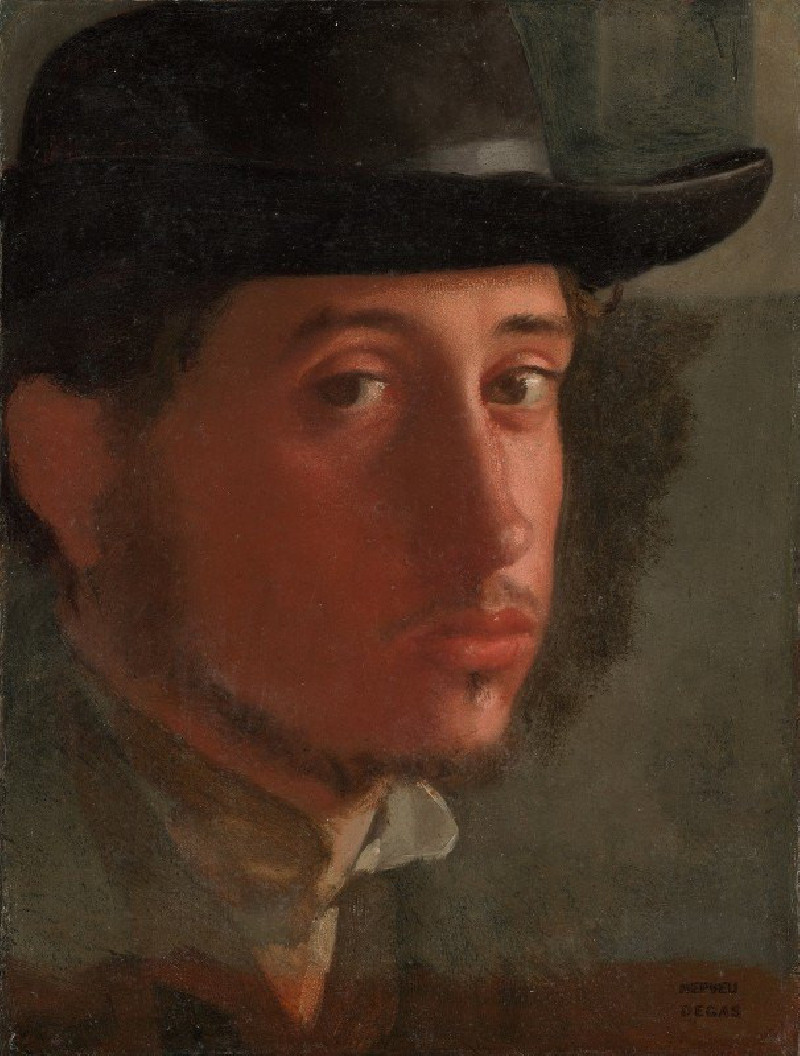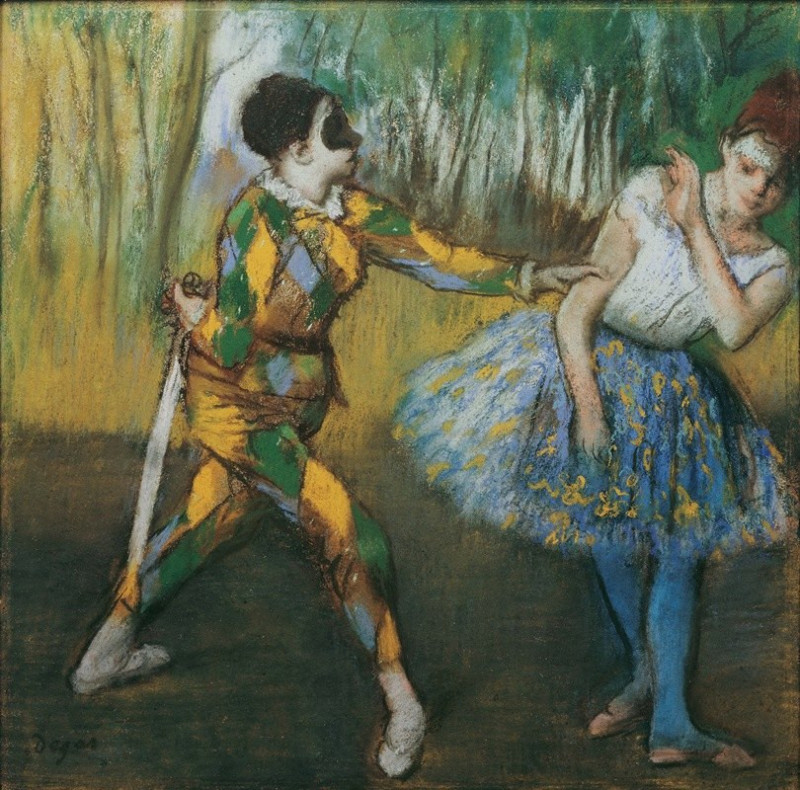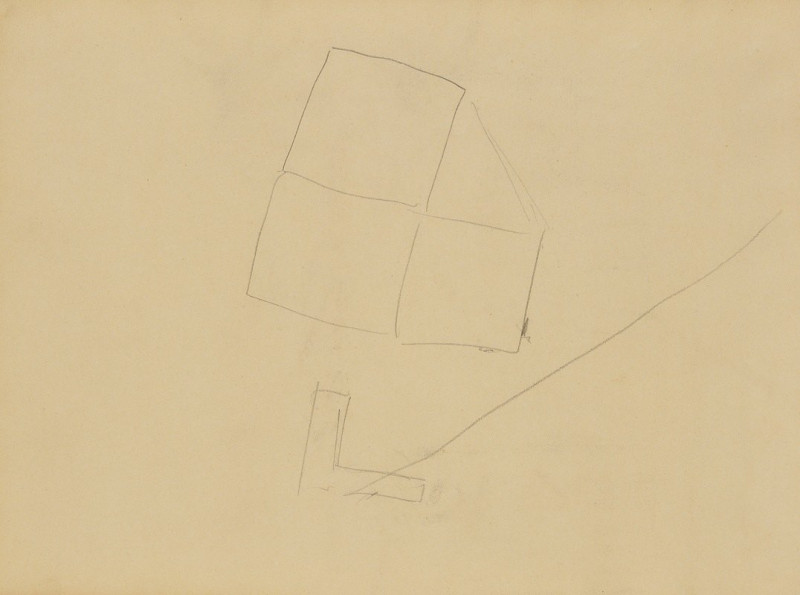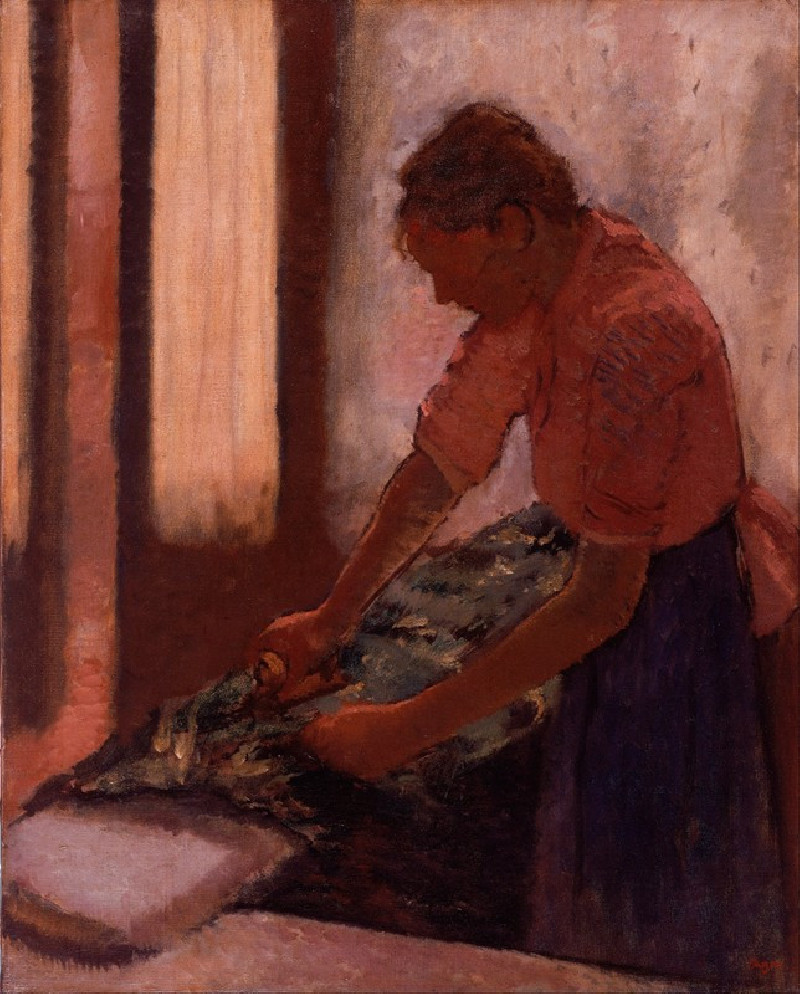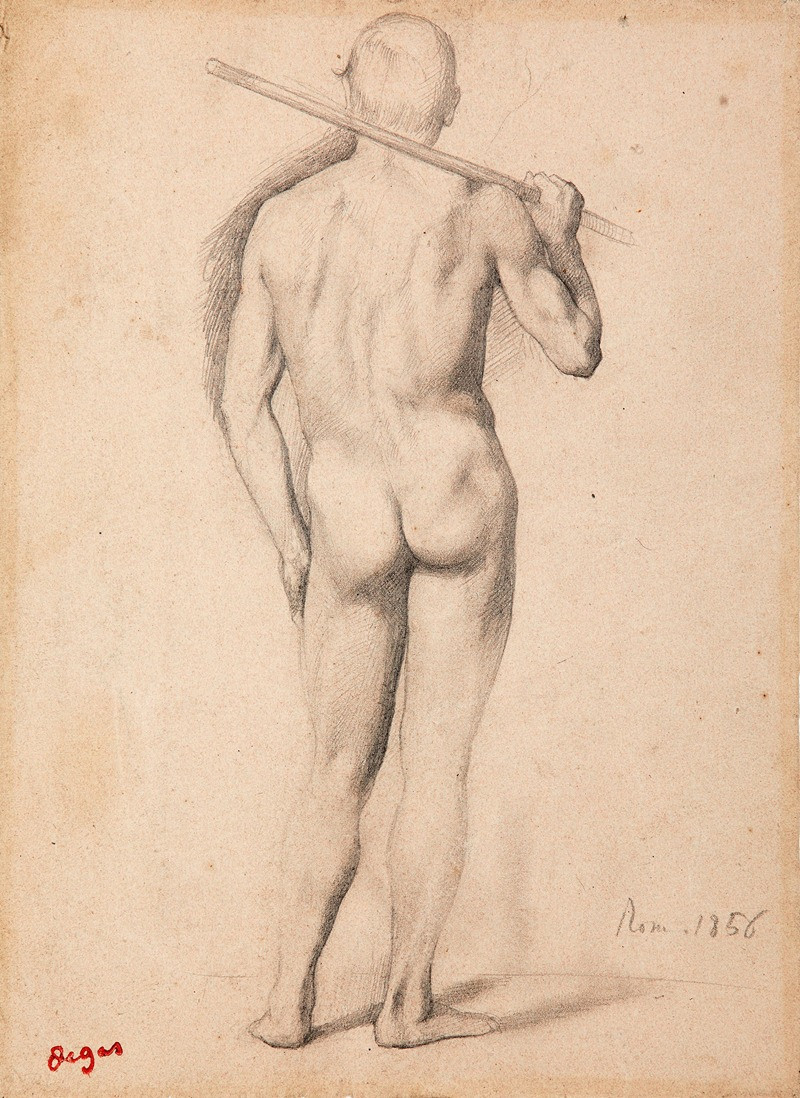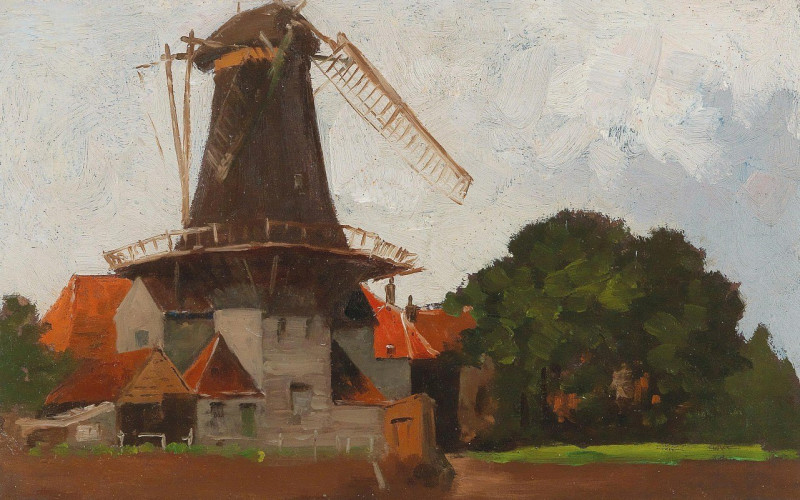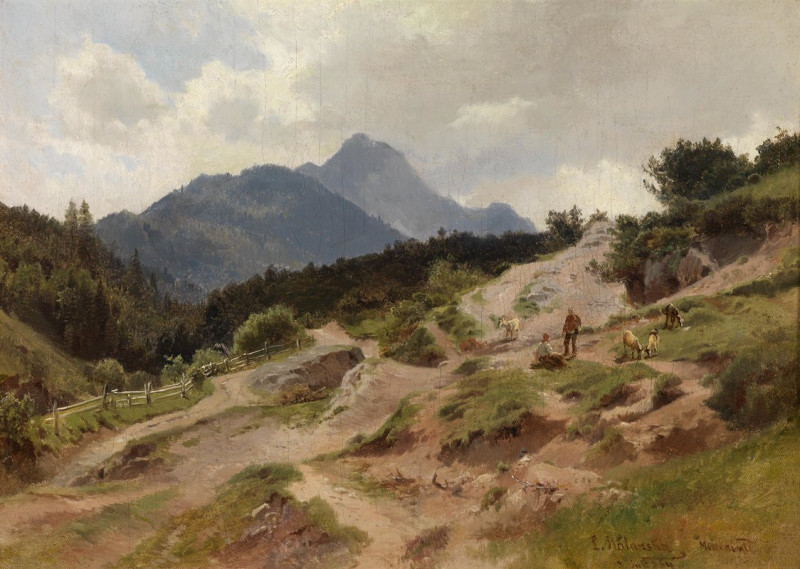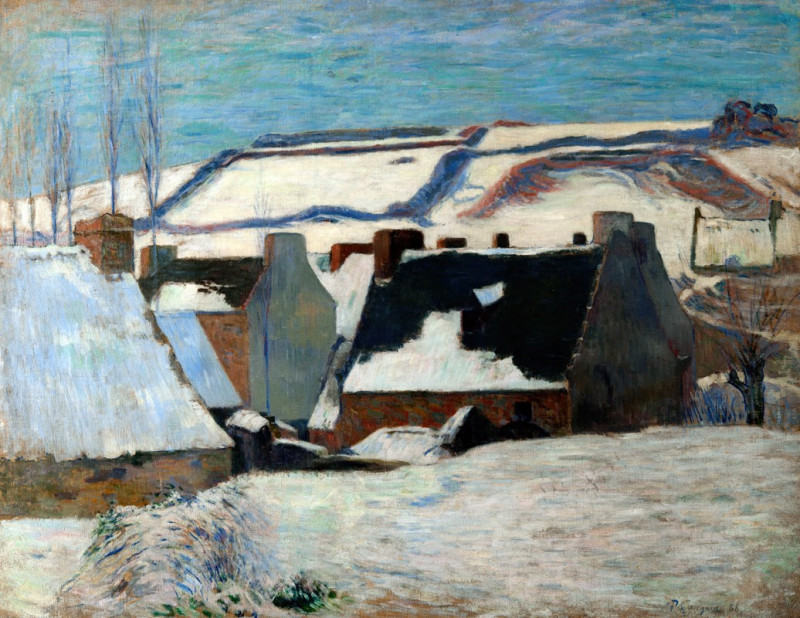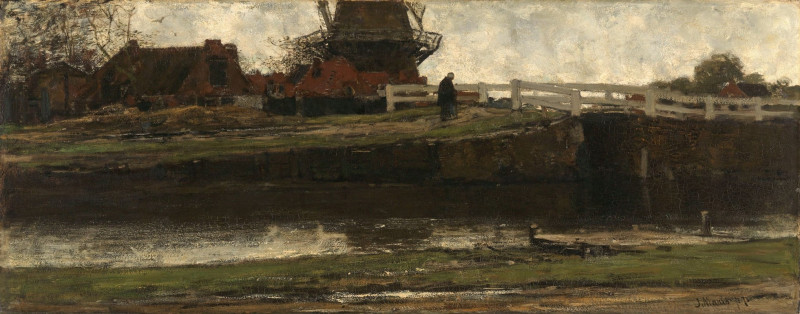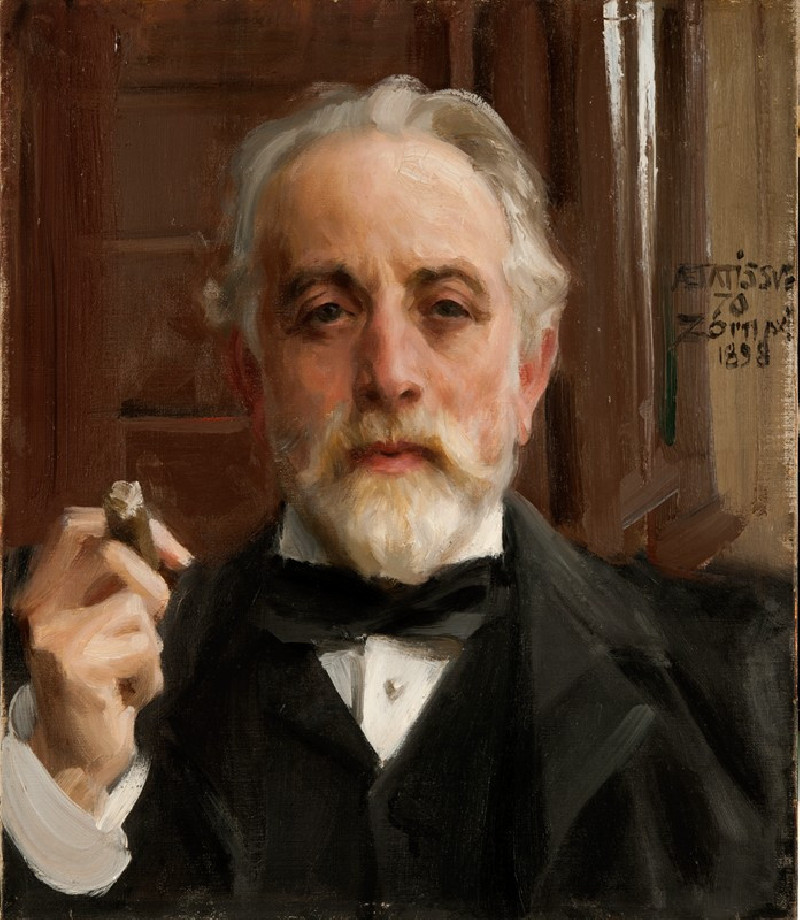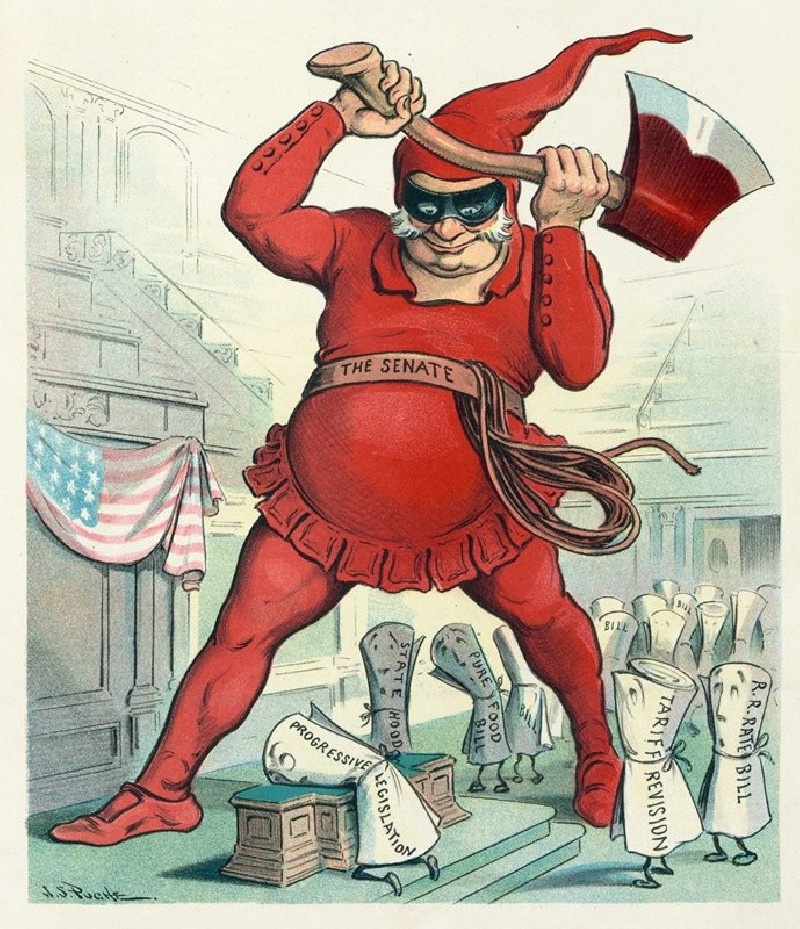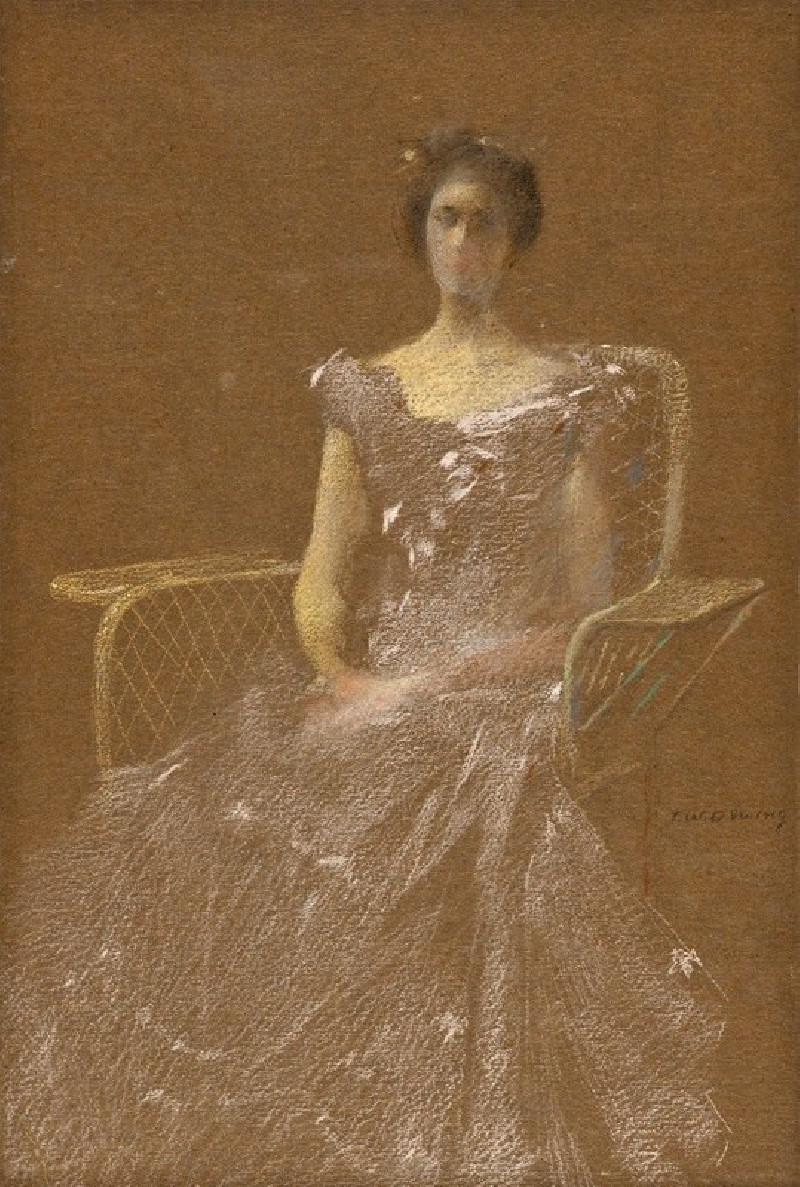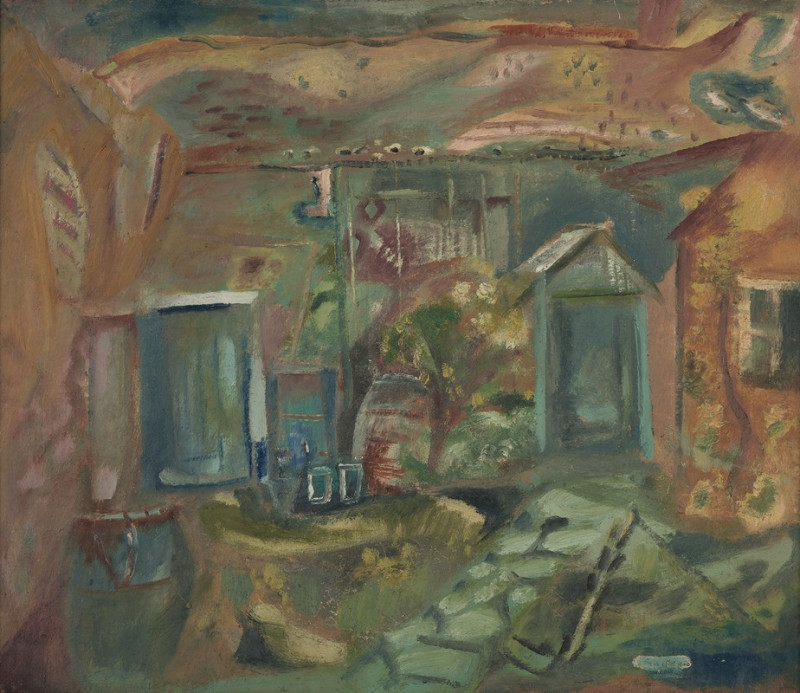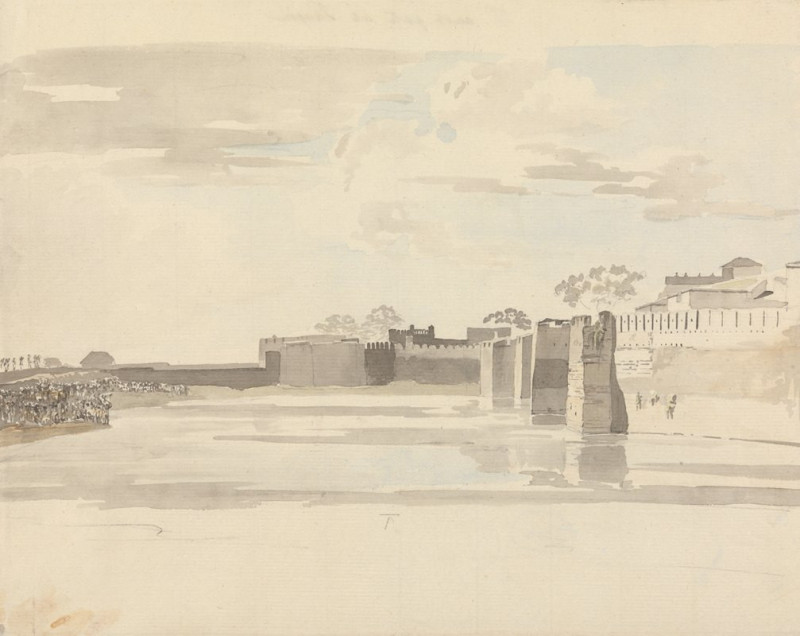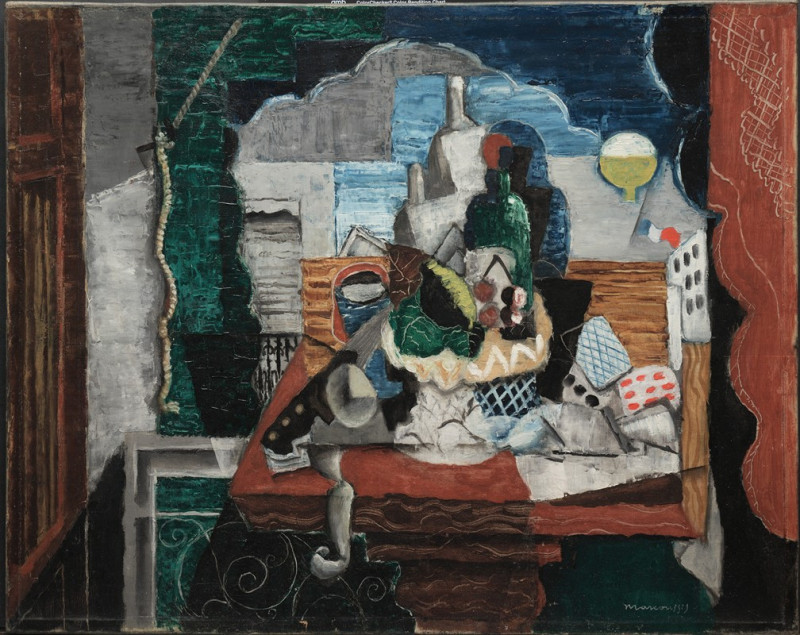The Cellist Pilet (between 1868 and 1869)
Technique: Giclée quality print
Recommended by our customers
More about this artwork
Edgar Degas, a master of capturing the essence of his subjects with profound insight and serenity, presents "The Cellist Pilet" (1868-1869) as a reflective, yet penetrating exploration of artistic contemplation and solitude.In this intimate portrayal, the titular cellist, Pilet, is depicted not in the act of performing, but in a moment of repose and thoughtfulness. Seated at a desk with sheets of music before him, Pilet appears deeply engrossed in his craft, perhaps reviewing scores or composing. His face, marked by a contemplative gaze, reveals the quiet intensity of a dedicated artist. The dimly lit room and the subtle interplay of light accentuate the introspective mood, mimicking the quiet moments behind the scenes of a musician’s life.To the right, Degas includes a striking visual juxtaposition: two cellos lean against a wall, their curves and silhouettes mirrored by the round-backed chair in the foreground. This clever arrangement not only enriches the composition but symbolically reinforces the painter’s reverence for the instruments, almost attributing a persona to them.One cannot miss the depiction of a small framed painting within the painting, hanging on the wall behind Pilet. This image shows a group of men, possibly a courtroom scene or a public debate, suggesting themes of discussion and intellectual engagement. This element introduces a narrative layer, juxtaposing the solitary figure of the cellist with a collective scene of energetic discourse, perhaps reflecting the multiple facets of society that Degas often explored.


